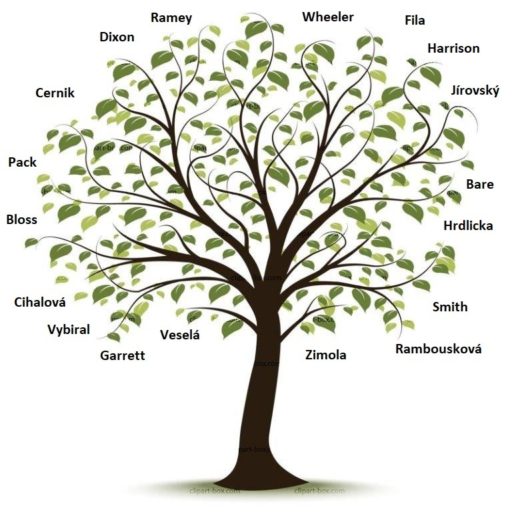Excerpts from: Forgotten Houses of Long Ago
by E. Otis Dyer (1973)
Colonel Philip Wheeler is my 6th great-granduncle

The Ingalls-Wheeler-Horton Homestead looking south just before its final collapse about 1900, drawn by Claudia Wynne from a sketch by Marion Carter.

Colonel Philip Wheeler Jr. Tombstone. Died 1765
The Ingalls-Wheeler-Horton homestead was built in 1731 by Benjamin Ingalls, who occupied it with his wife, Mercy Ingalls, until his death about ten years later. Mrs. Ingalls then married Colonel Philip Wheeler, who had been living in North Rehoboth on Anawan Street, a little north of Fairview Avenue. Col. Philip Wheeler died on September 9, 1765, in Rehoboth, Massachusetts.
It is interesting to note that both Philip and Mercy had a child from a previous marriage: these two children, Mary Ingalls and Capt. Philip Wheeler Jr. eventually married and occupied the Ingalls-Wheeler homestead after their parents. They stayed there until Philip Jr.’s tragic and painful death about twenty years later.
Capt. Philip Wheeler Jr. was also a Deacon. The circumstances of Wheeler’s death were unique. He was Captain of the local Rehoboth militia and had “called a training” of the company on November 16, 1774.
It is easy to imagine the raw militia in their rough farmer clothes carrying various arms being marched back and forth through their drill exercises. The colonial militia had the curious custom of saluting an officer, especially the company commander, by firing a blank charge into the ground near his feet. If a soldier caught the captain by surprise, the salute would have been all the more effective. On this particular morning, Captain Wheeler had forbidden firing any “salutes” as it wasted valuable gunpowder.
“Whip the Snake”
The men were mostly undisciplined, and one William Jenkins, who resided on Hornbine Road and was described as one of “several rude hurricane fellows,” took advantage of the drill called “whip the snake” and fired into the ground at the feet of Captain Wheeler as he came marching by. The musket contained no shot but had a double charge of black powder. Jenkins miscalculated the Captain’s marching step and “blowed off ye captains left leg between the ankle and calf leaving nothing but ye great heel sinew and some flesh.” Captain Wheeler was taken to his home nearby, where Dr. Sterling “made a dreadful hand in his amputation.” He had only one saw that broke before he had cut through the first bone, and the operation had to be finished with a carpenter’s joiners saw! Gangrene set in, and he died with much suffering four days later. It was thought a too-tight bandage caused the gangrene, but the crudeness of the amputation instruments is probably nearer the truth.

Capt. Philip Wheeler Jr. Burial Place Hill, Rehoboth Historic Cemetery #33. Died 1774
After Captain Wheeler’s death, his wife married John Kelton, and they moved away from the homestead, leaving the house to be occupied by her son Shubael Wheeler. Shubael was a soldier of the Revolution and married Chloe Martin, the daughter of Lt. Daniel Martin, another veteran of the Revolution—The Wheeler family and their in-laws were very active in the military in the 18th century and had a knack for acquiring military titles.
Before Shubael and Chloe had moved in, the homestead was surveyed and subdivided into large farm lots for Captain Wheeler’s numerous children. The surveyor was Sylvanus Martin, who lived on County Street in Seekonk.
Fortunately, Mr. Martin took the time to sketch the homestead farm and add it to the survey plan. It shows a typical 18th-century farm with a two-and-a-half-story house with an addition to the north side. The house was set quite far back from the road. The sketch also shows the well, orchard, and corn barn in front of either side of the gate and land leading to the house, none of which now remains.

Survey of homestead performed by Sylvanus Martin around 1775

